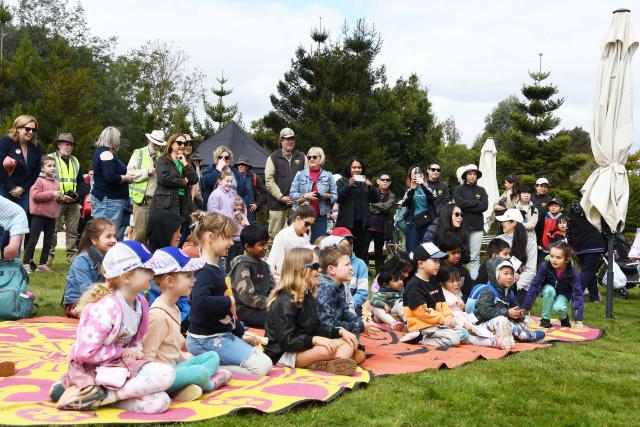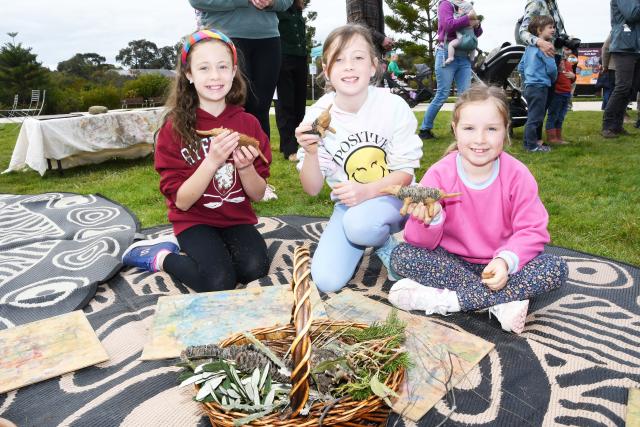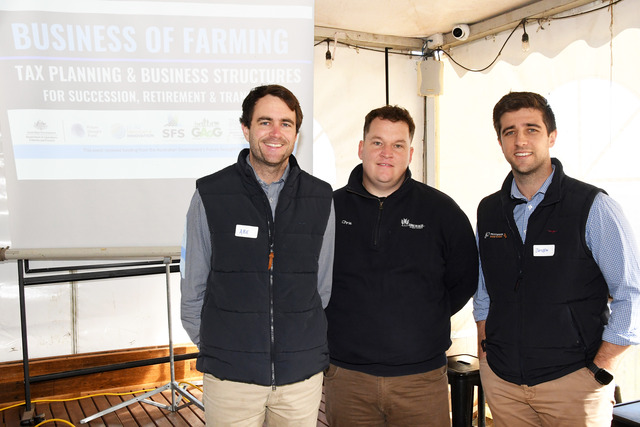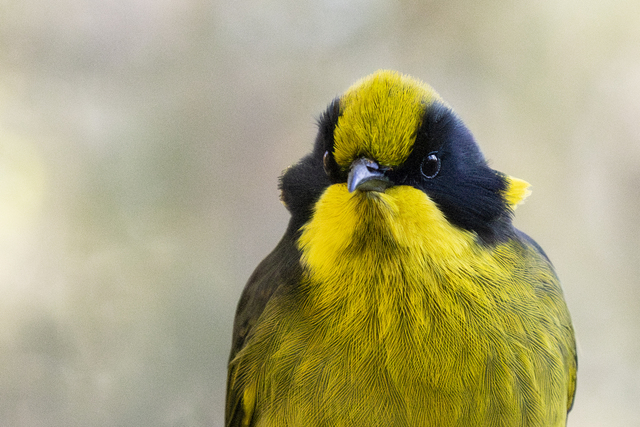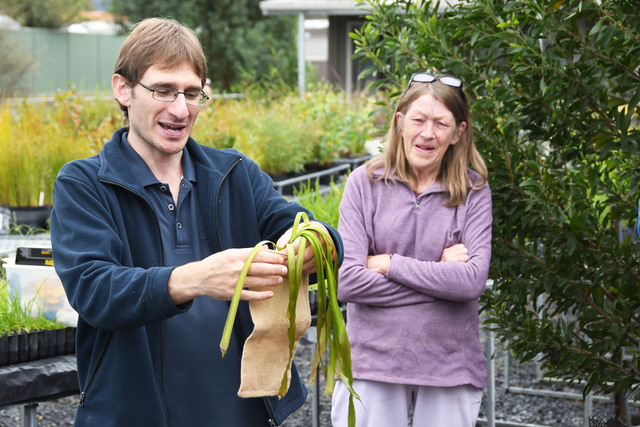The Big Bandicoot Backyard program at Royal Botanic Gardens Cranbourne was unveiled on 22 September with free, fun activities for kids and families over the weekend.
The debut featured a giant bandicoot sculpture created by artists Darryl Cordell, Vanessa Ellis and Trina Gaskell using local Kunzea ericoides – a plant that has become weedy in the bushland and must be removed to increase biodiversity.
Kids were spotted making their own baby bandicoots out of natural materials, watching Southern Brown Bandicoot inspired performances by theatre ensemble Born in a Taxi, and taking an interactive guided walk.
Royal Botanic Gardens Cranbourne is home to the last remaining urban population of Southern Brown Bandicoots in mainland Australia, which are a nationally endangered species and were once one of the most common and widespread native mammals in Southern Australia.
It is estimated there are around 200 to 400 Southern Brown Bandicoots in the botanic gardens and the surrounding suburbs.
Southern Brown Bandicoot outreach officer Eilish Roberts talked about the protection of the bandicoots in the botanic gardens.
“We have our really tall predator-proof fence going all the way around the property,” Ms Roberts said.
“If you come off our main driveway, we’ve got a little wildlife fence going all the way along. That’s to stop animals running onto the road and we’ve also got lots of culverts running underneath the road.
“We’ve set up cameras and we see that bandicoots are using them as well as lots of the wildlife, koalas, snakes, or bats.
“We also try and keep all their predators down, foxes as well,” she said.
Roberts said the protection also extended to educating the community on Southern Brown Bandicoots and how to make Bandicoot-friendly suburbs.
Director and chief executive of Royal Botanic Gardens Victoria David Harland said the Big Bandicoot Backyard program was created to give people a fantastic day out in nature and understanding important conservation science.
“What we want people to take away from it is that there are a few things that they can do within their own spaces that will encourage bandicoots to live: plant native grasses, keep pets indoors, not using baits and poisons and report sightings on the free iNaturalist app,” he said.



